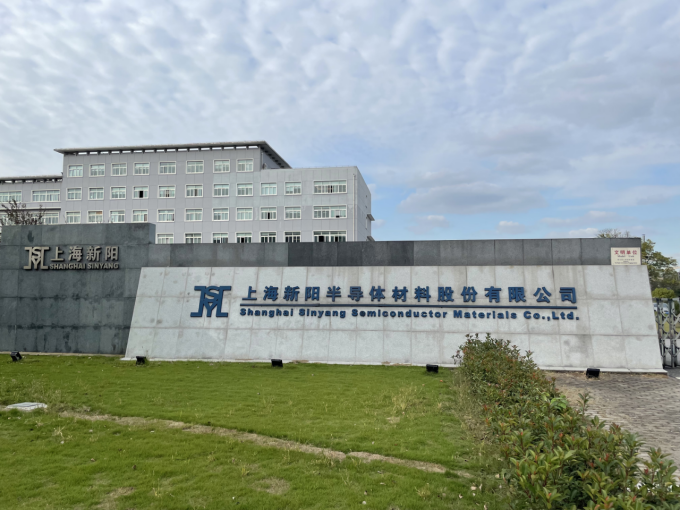they are doing preliminary research on EUV photoresist... i wish them success
Shanghai Xinyang: Over 3 customers have ordered krF photoresist, and ArF photoresist cannot predict the certification time
According to Weibo news, on August 12, an investor asked Shanghai Xinyang on the interactive platform, how is the progress of SMIC North ArF glue verification work? How many customers are there for krF glue orders?
Shanghai Xinyang said that the photoresist verification work is still in progress, and more than 3 customers have ordered krF photoresist.
Regarding ArF photoresist, Shanghai Xinyang said that the company's ArF photoresist is still in the process of certification. Due to various factors such as the epidemic situation and customer production capacity, the certification time cannot be estimated for the time being.

According to the mid-term report, Shanghai Xinyang’s operating income in the first half of 2022 was about 549 million yuan, a year-on-year increase of 25.63%; the net profit attributable to shareholders of the listed company was about 9.91 million yuan, a year-on-year decrease of 90.18%; The net profit was 52.4729 million yuan, an increase of 17.61% compared with the same period last year.
Shanghai Xinyang's third core technology product, photoresist, has continuously made major breakthroughs. The self-developed KrF photoresist products have been certified by the increasing number of customers, and have been supplied to mainstream domestic wafer manufacturers.
At present, Shanghai Xinyang is developing high-end photoresist products for integrated circuit manufacturing, including I-line photoresist, KrF photoresist, ArF dry photoresist for logic and analog chip manufacturing, KrF thick photoresist for memory chip manufacturing Film photoresist, bottom anti-reflection coating (BARC) and other supporting materials. (Proofreading / Deng Qiuxian)



